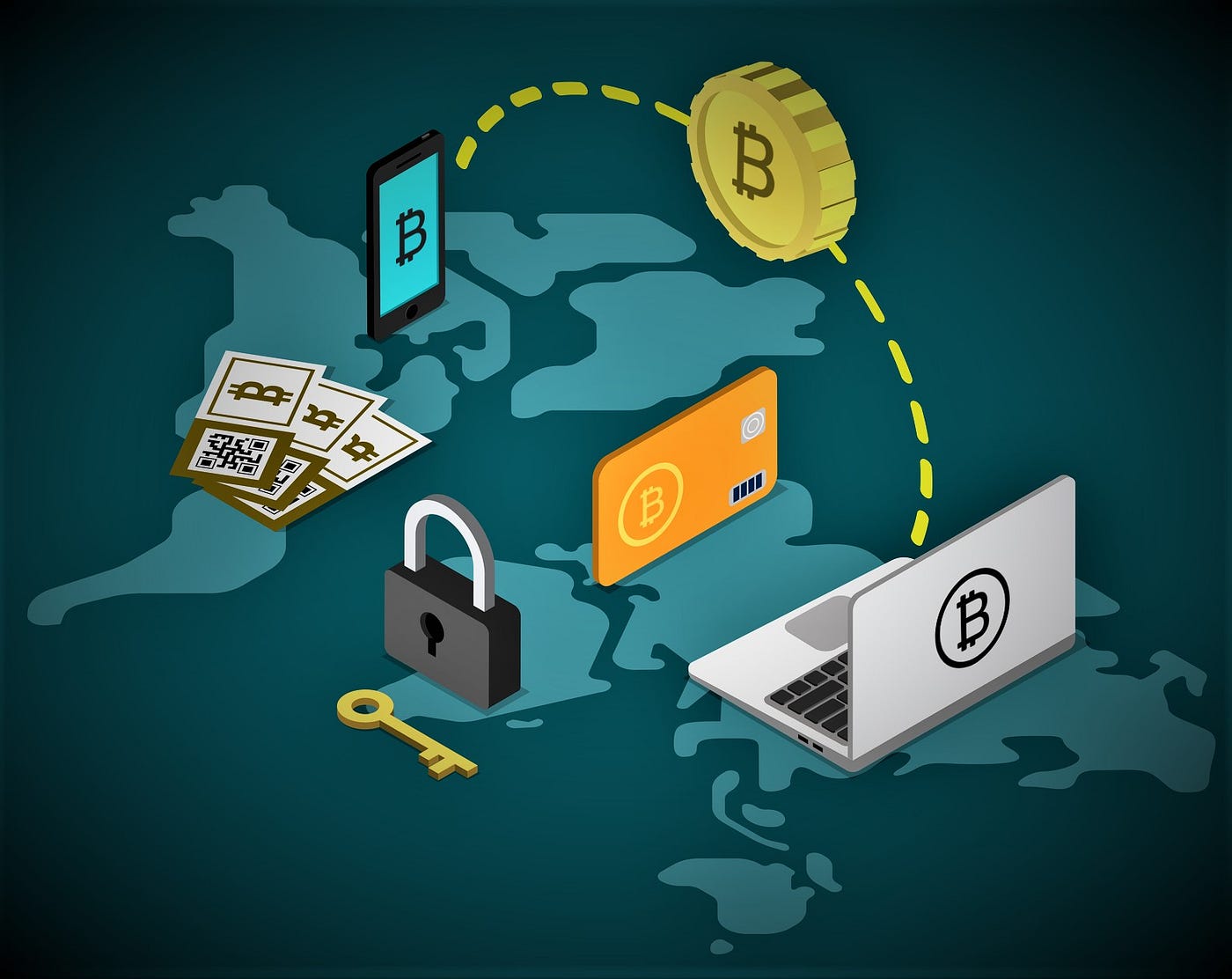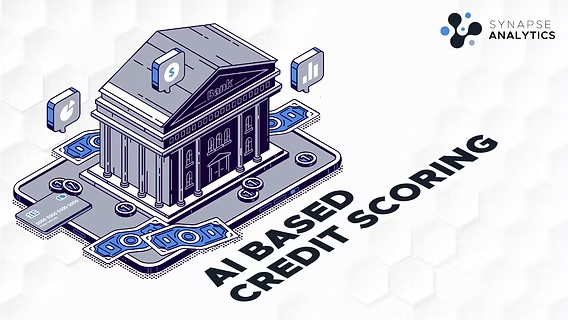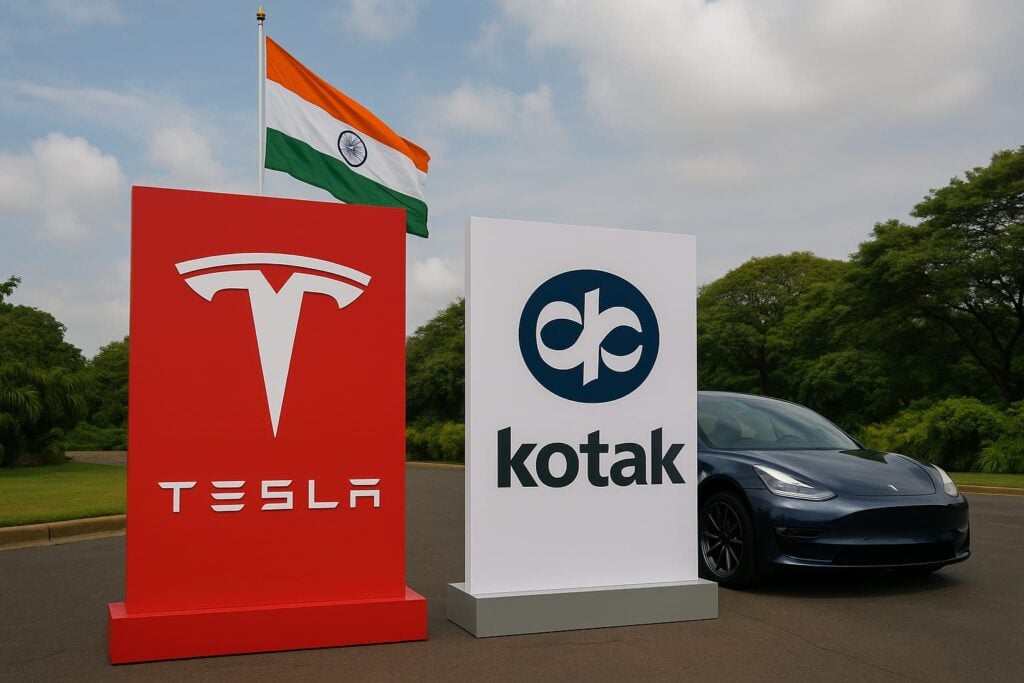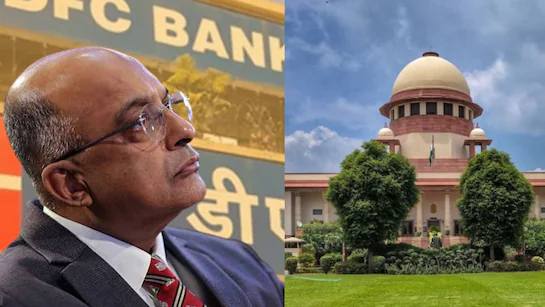Global Expansion Strategies for FinTechs in Emerging Markets: A Playbook for Leaders
2nd August 2025
 The Role of Cryptocurrencies in Cross-Border Payments
The Role of Cryptocurrencies in Cross-Border Payments
 What the Future Holds for Digital-Only Banks: Navigating the Next Era of Banking
What the Future Holds for Digital-Only Banks: Navigating the Next Era of Banking
 Top Fintech Innovations Shaping 2025: The Future of Finance
Top Fintech Innovations Shaping 2025: The Future of Finance
 The Rise of Contactless Payments: Benefits and Security Concerns
The Rise of Contactless Payments: Benefits and Security Concerns
 QR Codes and the Cashless Leap: Transforming India's Financial DNA
QR Codes and the Cashless Leap: Transforming India's Financial DNA
 The Evolution of Fintech Regulation: What’s Next?
The Evolution of Fintech Regulation: What’s Next?
 The Impact of 5G on Fintech Services
The Impact of 5G on Fintech Services
.jpg) The Future of Payments: Trends Reshaping Transactions in 2025
The Future of Payments: Trends Reshaping Transactions in 2025
 Biometric Payments: The Next Big Trend in Secure Transactions
Biometric Payments: The Next Big Trend in Secure Transactions
 How AI is Transforming the Credit Scoring System
How AI is Transforming the Credit Scoring System
 How Open Banking is Shaping Financial Services Globally
How Open Banking is Shaping Financial Services Globally
 Flipkart Gets a Lending Licence: A Bold Leap into Embedded Finance
Flipkart Gets a Lending Licence: A Bold Leap into Embedded Finance


22 March 2025
4 min read
314
In 2025, open banking is no longer an emerging trend—it is a transformative force redefining financial services worldwide. Driven by regulatory shifts, technological advancements, and changing consumer expectations, open banking is reshaping how individuals and businesses interact with financial institutions. Unlike traditional banking models that operated in silos, open banking fosters transparency, competition, and innovation, giving consumers unprecedented control over their financial data.
The Global Acceleration of Open Banking
Countries around the world are adopting open banking at different paces, influenced by regulations, market readiness, and technological infrastructure. In regions like Europe and the UK, where open banking frameworks were introduced early through PSD2 (Revised Payment Services Directive) and Open Banking UK, the ecosystem has matured significantly. Meanwhile, countries such as the U.S., Canada, and India are catching up by developing their own regulatory guidelines, pushing banks and fintechs to collaborate in new ways.
In 2025, we see open banking expanding into Open Finance, a broader ecosystem that includes lending, insurance, pensions, and investment services. Countries like Brazil and Australia, which pioneered comprehensive open banking regulations, are now leading the way in integrating multiple financial services under open finance frameworks.
Empowering Consumers Through Data Control
The cornerstone of open banking lies in consumer empowerment. By granting customers ownership of their financial data, open banking fosters a more competitive market where banks and fintech companies compete to provide superior services. This shift has led to personalized financial products, improved credit scoring models, and enhanced fraud prevention mechanisms.
For instance, AI-driven financial management tools now analyze user spending habits in real-time, offering tailored savings plans, investment strategies, and even automated bill payments. Additionally, secure API-based integrations allow users to seamlessly link multiple financial accounts across institutions, creating a holistic view of their financial health.
Innovative Business Models and Fintech Evolution
Fintech startups and established financial institutions are leveraging open banking to introduce new business models. Banks are evolving from being mere service providers to becoming platforms that support third-party applications. The rise of Banking-as-a-Service (BaaS) and embedded finance is allowing non-financial companies—such as e-commerce platforms and ride-sharing services—to integrate financial products directly into their ecosystems.
For example, in 2025, businesses can offer instant credit at checkout based on real-time financial data, removing the need for lengthy approval processes. Similarly, decentralized finance (DeFi) solutions are integrating with open banking to provide borderless, blockchain-based lending and payment options.
Challenges and Risks in Open Banking Expansion
Despite its numerous benefits, open banking presents challenges that regulators, financial institutions, and consumers must navigate. Data security and privacy concerns remain at the forefront, as cyber threats evolve alongside technological advancements. Ensuring that APIs are secure and that consumers' sensitive financial data is not exploited is a continuous effort.
Regulatory compliance is another critical factor. While regions with structured open banking policies have seen significant progress, some markets still lack clear regulatory guidelines, leading to fragmented adoption and potential risks for consumers.
Additionally, financial literacy remains a concern. Many consumers are still unfamiliar with how open banking works, leading to hesitation in adopting its full potential. Financial institutions and regulators must invest in educating users about data-sharing benefits, security measures, and their rights within an open banking ecosystem.
The Future of Open Banking Beyond 2025
Looking ahead, open banking will continue to evolve, integrating with emerging technologies such as artificial intelligence, blockchain, and quantum computing. The fusion of these technologies will drive even greater efficiencies, secure transactions, and expand financial inclusion for underserved populations.
As open banking transitions into open finance and beyond, the industry must strike a balance between innovation, security, and consumer trust. The financial services sector of 2025 is more interconnected than ever before, ensuring that consumers have more choices, businesses operate more efficiently, and economies benefit from a truly open financial ecosystem.
In essence, open banking is not just a trend—it is the foundation of a new era in financial services that is transforming how the world interacts with money.
Read Next
 News
News
 News
News
 News
News
 News
News
 Blog
Blog
 News
News
Live Polls
Live Discussion
Topic Suggestion
Whom Do You Wish To Hear
Sector Updates
Leave your opinion / comment here